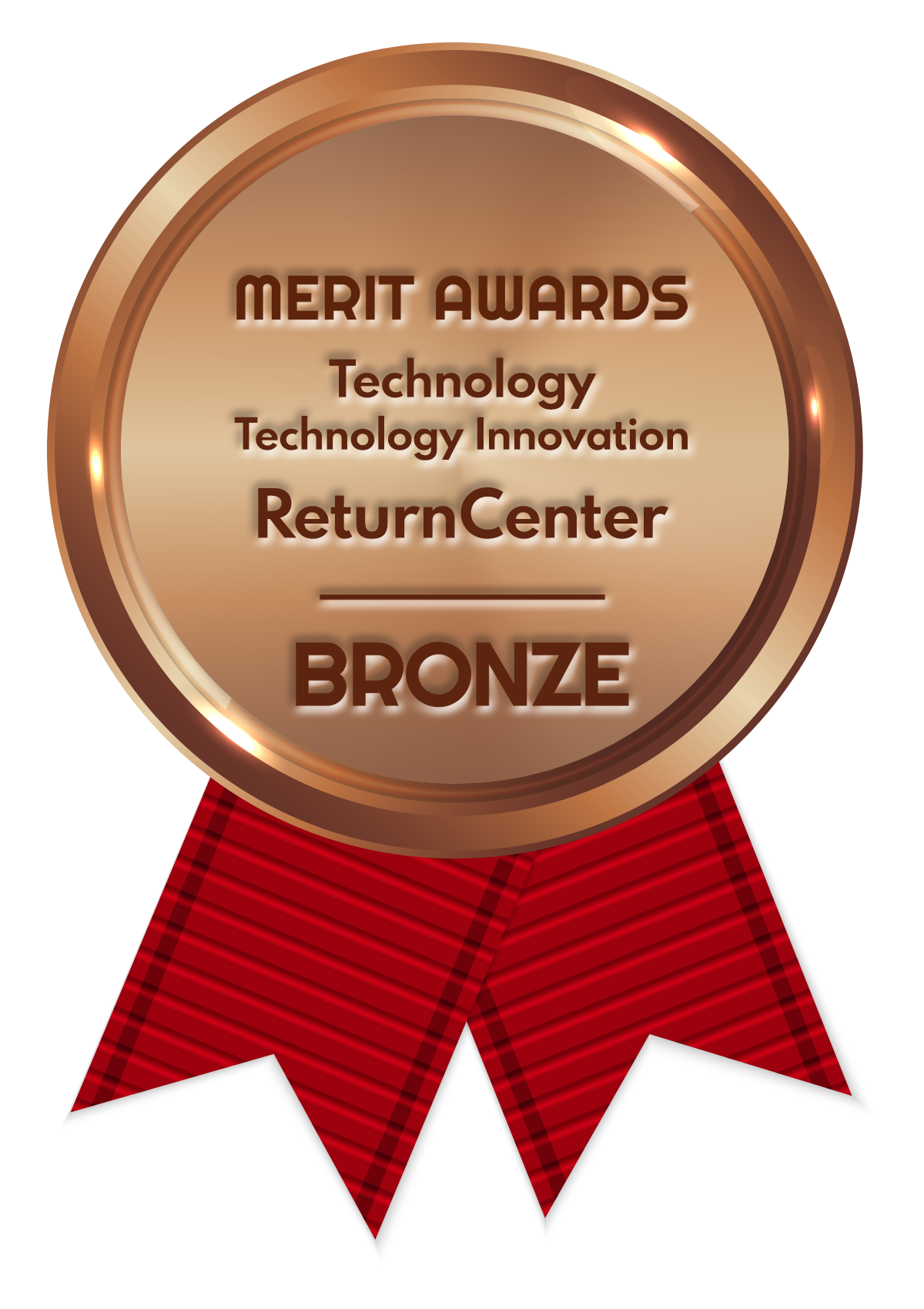Back to school green-living tips for parents and students
The back-to-school season is an exciting time for both parents and students. It’s a perfect opportunity to instill sustainable green-living habits that can benefit the environment.
By adopting eco-friendly practices, we can reduce waste, conserve resources, and make a positive impact on the planet. Let’s get started.
Choose Eco-Friendly School Supplies:
When shopping for school supplies, opt for environmentally friendly options. Look for products made from recycled or sustainable materials, such as notebooks, pens, and folders. Encourage your child to reuse items from the previous year if they are still in good condition. Additionally, consider purchasing second-hand textbooks or digital versions to reduce paper waste.
Pack Sustainable Lunches:
Packing a waste-free lunch is an excellent way to reduce single-use plastics and promote healthier eating habits. Try reusable containers, reusable food wrap and stainless-steel water bottles instead of disposable options. Choose fresh, locally sourced, and organic foods when possible to reduce the carbon footprint associated with transportation, and herbicide and pesticide use. Plus, you’ll be supporting local farmers.
Encourage Sustainable Transportation:
Promote sustainable transportation options to get to and from school. If feasible, encourage walking, cycling, or using public transportation instead of relying on private vehicles. Carpooling with other families is another great way to reduce emissions and build a sense of community. By choosing sustainable transportation methods, we can reduce traffic congestion and air pollution.
Embrace Second-Hand Shopping:
When it comes to back-to-school clothing, consider exploring second-hand stores or online platforms. Thrift shopping not only saves money but also reduces the demand for new clothing production, which has a significant environmental impact. Encourage your child to donate or sell their gently used clothes to extend their lifecycle and support a circular economy.
Reduce Paper Waste:
Incorporate digital solutions into your child’s learning routine to minimize paper waste. Encourage them to take notes on their devices or use online platforms for assignments and submissions. Additionally, set up digital communication channels with teachers and schools to receive updates, newsletters, and permission slips electronically, reducing the need for paper-based communication.
Promote Recycling and Prevent E-Waste:
Educate your child about the importance of recycling and waste management. Teach them to sort their waste into recyclables, compostables, and general waste. Not sure what to do with outdated or broken cell phones, laptops, or tablets after replacing them with new tech for the year? Use ReturnCenter to conveniently recycle devices you no longer use and prevent e-waste. Get started on your return here.
Implement Energy-Saving Practices:
Teach your child about the importance of conserving energy at school and at home. Encourage them to turn off lights, computers, and other electronic devices when not in use. Consider investing in energy-efficient LED bulbs and power strips that can be easily switched off to prevent standby power consumption.
Making sustainable choices during the back-to-school season is a powerful way to create a greener future for our children and the planet. By implementing these sustainable tips, parents and students of any age can reduce waste, conserve resources, and make a positive impact on the environment. Let’s work together to instill eco-conscious habits that will shape a brighter and more sustainable world for generations to come.



